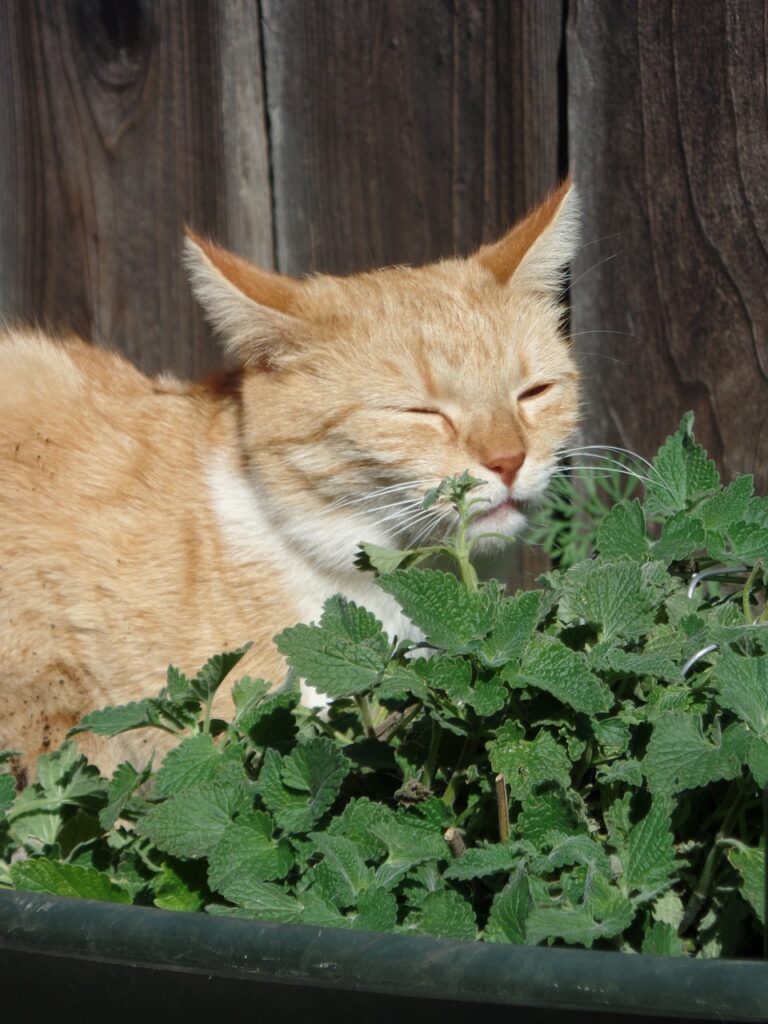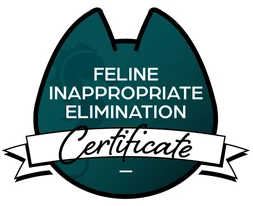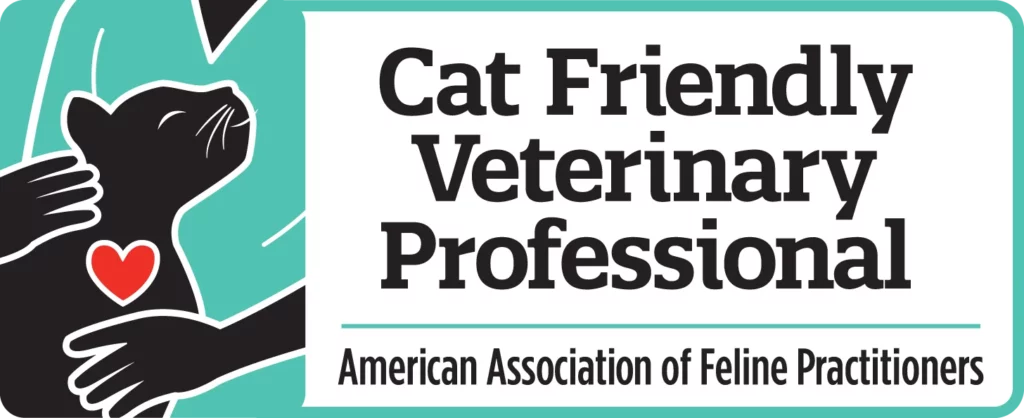You may be familiar with catnip and its behavioral effects on kitties. It’s known for sending them into a frenzy and getting them purring with delight. There are other substances that may get your kitty stoned out of their cute little minds like powerful silver vine or stinky but effective valerian root powder.

While these substances can be just a fun form of enrichment for your cat, they can also be used as a tool for behavior modification. They’re not great in every situation and there are some times you’ll want to skip them, but let’s talk ways to use cat drugs to help with behavior concerns.
Reducing Anxiety And Stress
As one of the effects of catnip is improving your cat’s mood, catnip and catnip alternatives can be used to to help with some anxiety related problems. If your cat is nervous in a new space such as being brought home for the first time or during a move, you can use a little bit of silver vine powder to help them adjust to their space. It can also be used to start a play session which will have double the impact in stress reduction.
It can also help build a positive association with care tasks your cat may not like very much. For example, getting your cat into a carrier can be a challenge for some cat parents. Because silver vine, catnip, and valerian all have cat attractant qualities, adding a bit to a carrier can help get your cat inside. I suggest sprinkling it inside somewhat regularly as it will help build a positive association not just when you need your cat to actually use the carrier.
When Not To Use It
Of course, not every situation involving anxiety or stress is appropriate for cat drugs. If you need your cat to sit calmly such as for a nail clipping, a bit of the ‘nip may create chaos and make the task more of a challenge. Likewise, if your cats aren’t getting along, proceed with caution. While there may be ways to use it to help improve your cats’ relationship, it may also increase arousal or make a wild younger cat more wild.
Similarly, cats don’t respond to catnip until they are somewhere between 6 months and a year old. If you have a kitten, they may not respond. If they showing signs of play aggression, even if they respond it may make that problem worse. Skip the ‘nip.
Cat Furniture Use
If you picked a quality scratching post and placed it in a good location, your cat might still be using your furniture to scratch. You can try covering your furniture with a scratching shield, redirecting your cat to the post, or any number of other strategies to encourage them to use the post. An easy trick to try is rubbing some powdered silver vine, valerian root, or catnip on the post.
Similarly, you can sprinkle a bit of catnip or leave a silver vine stick on a cat tree to encourage your cat to climb the tree. It’s not a great idea to set your cat on the cat tower as that can create a negative association with it, but drawing them up onto a tower or a window perch is totally fine as long as they make the choice to go up there and can choose to get down.
Indirect Help With Behavior Problems
While catnip may directly help with some problems, in other cases it can help indirectly. While the best way to get your cat to play is by playing with them how cats like to play and by using the right toys, cat drugs can get your cat in a more playful mood. In addition to helping with reducing stress, play can help address boredom related behavior concerns like cats jumping on counters or knocking things over.
For cats who are chewing, giving them a silver vine stick may encourage them to have an acceptable outlet for the chewing behavior. You’ll still want to take steps to remove dangerous objects or cover them, but providing an acceptable alternative is a good idea as well.
Of course, this list isn’t exhaustive and there are many other creative ways cat drugs can be used in behavior plans or enhance both your cat’s life and your relationship with your cat. They can be an excellent supplement to other interventions!










